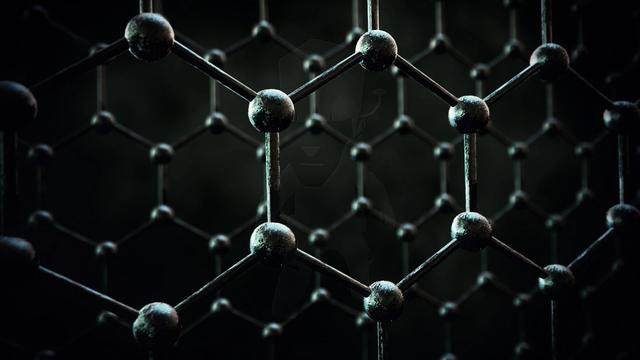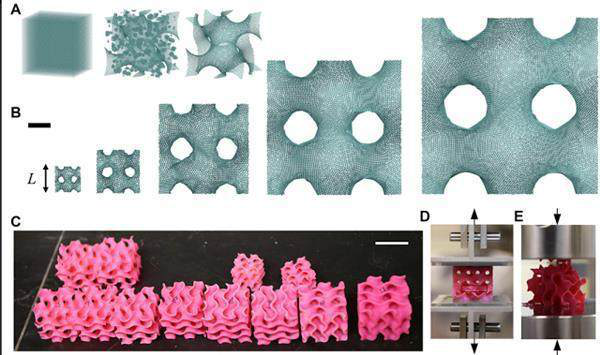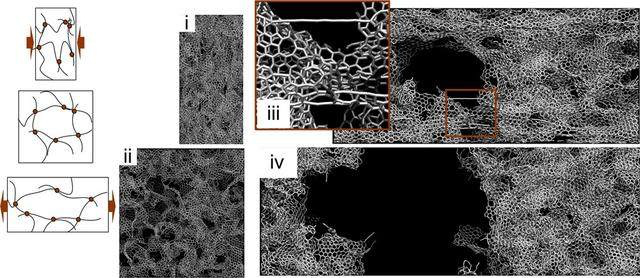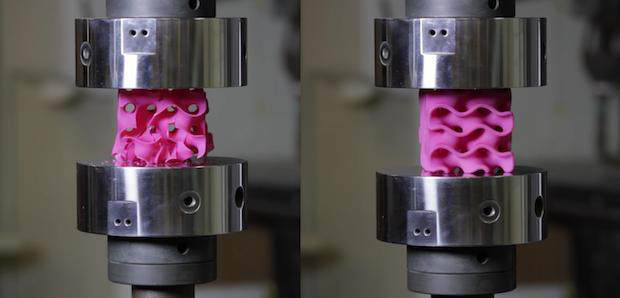Researchers have known for many years that carbon can be composed of very strong materials when arranged in some way. Take graphene for example. It is by far the most robust material known to man, and is made by arranging carbon atoms in a two-dimensional structure into extremely thin sheets. But it has a disadvantage. Despite its ultra-thin properties and unique electrical properties, it is difficult to create useful three-dimensional materials from graphene.

Now, a research team at the Massachusetts Institute of Technology (MIT) has found that splicing small pieces of graphene into a network can not only retain the strength of the material, but also allow it to have more holes. From the experiments on the three-dimensional printing model, the researchers can be sure that this new material with a unique geometry is actually stronger than graphene.

The Massachusetts Institute of Technology (MIT) reports that the new findings show that the key to this new three-dimensional shape is its unique geometric configuration instead of its material itself. This also means that we can create similar geometric features to create materials with similar strength and lightness.
As below you can see the simulation results of the three-dimensional graphene compression (upper left and i) and the tensile (lower left and ii) tests.

Markus Buehler, head of the Department of Civil and Environmental Engineering (CEE) at MIT and an engineering professor at McAfee, said “You can use real graphene materials, or use other materials we have found, such as polymers or metals."
"You can use anything to replace the material itself, because geometry is the main element. The geometric element makes it possible to transfer properties."

Projects that build large structures, such as bridges, can also be structurally robust and safe as geometries change. Construction may become easier because the materials we use now become significantly lighter. As for its porous nature, it can be a filtration system.
Gao Jianhua, a professor of engineering at Brown University, said "This study shows that the combination of hardness and material structure design of two-dimensional materials is a potential discovery."